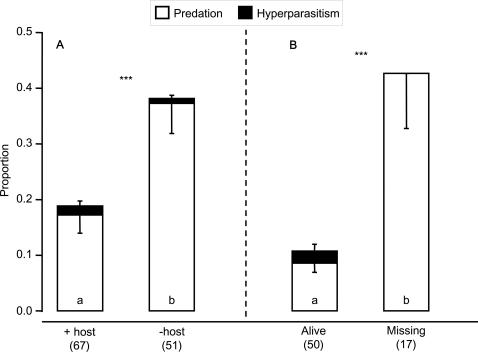Figure 4. Effect of removing the guarding host on field mortality of parasitoid pupae.
Twigs with known numbers of parasitoid pupae were attached to a leaf of a guava tree (each batch to a different tree) mimicking the natural situation. The guarding caterpillar was removed at random from 43% of the batches of parasitoid pupae. A. Total mortality, expressed as mean proportion of pupae per batch eaten by predators (white bars: mean−s.e.m.) or hyperparasitized (black bars: mean+s.e.m.). The mean proportion of pupae lost per batch (presumably eaten by predators) was significantly lower in the presence of the host (+ host) than when the caterpillar was absent (- host) (total: ***: GLM with quasi-binomial errors, F1,116 = 8.25, P<0.005, predation: F1,116 = 8.85, P<0.005). Levels of hyperparasitism per batch were not significantly different in the presence or absence of the host (F1,116 = 0.09, P = 0.76). B. Of the batches of pupae with host (+ host in A), total mortality and predation with a live host was lower than when the host was missing at the end of the period of field exposure (total: **: F1,65 = 23.9, P<0.0001, predation: F1,65 = 32.7, P<0.0001), but hyperparasitism did not differ significantly between treatments (F1,65 = 2.78, P = 0.10). Numbers of replicates are given in brackets.

